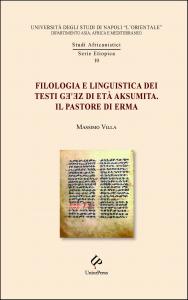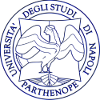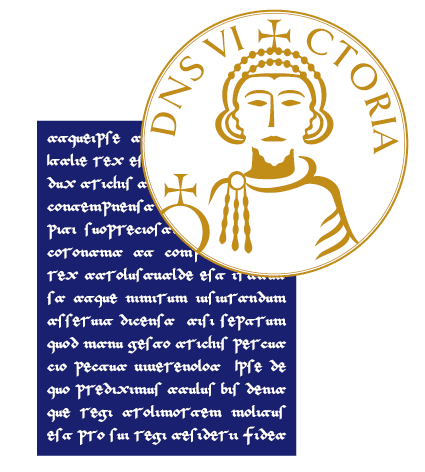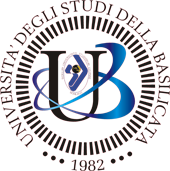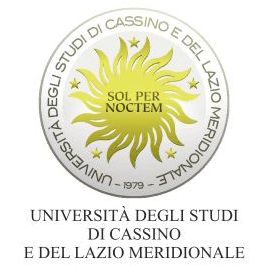Filologia e linguistica dei testi Gǝʿǝz di età Aksumita. Il Pastore di Erma
Keywords:
Filologia etiopica, Pastore di Erma, letteratura aksumita, ge‘ez aksumita, metodo ricostruttivo, manoscritti etiopici, edizione criticaSinossi
Editore: UniorPress
Collana: Studi Africanistici - Serie Etiopica, 10
Pagine: 330
Lingua: Italiana
NBN: http://nbn.depositolegale.it/urn:nbn:it:unina-25837
Abstract: Il Pastore di Erma, testo non canonico del Nuovo Testamento, fu composto a Roma in greco, probabilmente nel II sec. d.C., e tradotto in diverse lingue, tra cui il gǝʿǝz (o etiopico classico). È un’opera di cruciale rilevanza per la storia del cristianesimo delle origini, e la versione etiopica (Herma näbiy in gǝʿǝz) costituisce una fonte decisiva per la conoscenza del testo primitivo. In questo volume, che si inserisce all’interno di un filone di ricerca di recupero e studio della eredità letteraria aksumita, (ovvero di quei testi tradotti direttamente dal greco tra il IV e il VI-VII sec. circa, durante il periodo di fioritura del regno cristiano di Aksum), l’autore indaga sistematicamente i rapporti tra la versione etiopica e la sua Vorlage greca e censisce la tradizione manoscritta diretta della versione etiopica, fornendo una sintesi aggiornata dei progressi compiuti negli ultimi decenni in termini di ampliamento della base documentaria e proponendo uno stemma codicum della tradizione. Dopo aver illustrato l’insieme della tradizione indiretta del testo, ovvero le tracce di quest’ultimo in inventari storici, citazioni e allusioni nella letteratura etiopica del XIV-XV secolo, l’autore avanza alcune plausibili spiegazioni sull’irreversibile declino e la quasi estinzione del testo etiopico dal ‘500 in poi. Nel volume inoltre è posta particolare attenzione a quelle caratteristiche linguistiche, quali emergono dalla documentazione manoscritta filologicamente inquadrata, devianti dalla norma classica e con potenziale presunzione di arcaicità (il cosiddetto gǝʿǝz aksumita). In appendice è fornita l’edizione critica di una porzione del testo, la Visione III, condotta secondo un approccio ricostruttivo neo-lachmanniano.
Downloads
